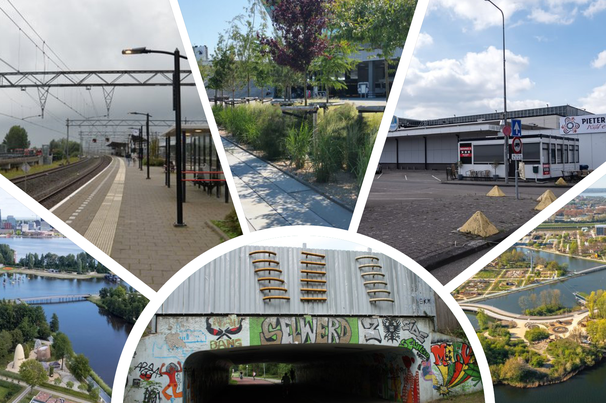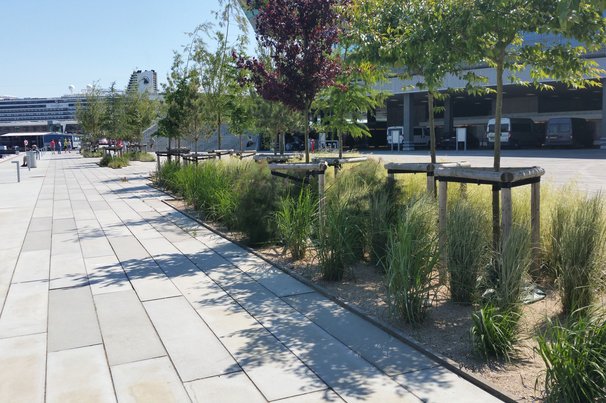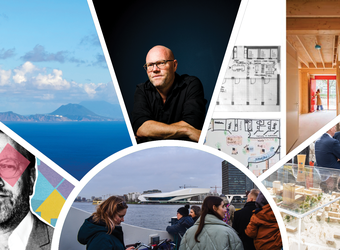19 mei 2017
3 minuten
Onderzoek De komst van marktkapitalisme heeft de huizenprijzen in China dramatisch verhoogd. De gevolgen van agglomeratie zorgen ervoor dat de prijzen astronomisch stijgen, vooral in de grote steden en hun periferie. Doctoraal kandidaat Yunlong Gong laat zien dat dit vooral door verhoogde productiviteit komt.
Urban facilities and productivity are often held responsible for high house prices in metropolitan areas. The research conducted by the doctoral candidate from the OTB Department indicates that high productivity is by far the most significant factor. Companies set up shops in and around large cities, because that is where they can find people with professional experience and talent. ‘They are behind rising productivity. And because companies are able to pay them higher salaries, they have more money for a roof over their head,’ says Gong. ‘To a large extent, that explains the high house prices in major cities.’
This situation gives rise to a striking paradox in many large Chinese cities and conurbations. Those who want to earn a decent wage need to head to the city. However, the high wages on offer there are unavoidably accompanied by high living costs. After thirty years of the market economy and liberalised housing policy, there is nothing left of the once so expansive social housing market. As a result, despite considerable salaries, many young Chinese in the economic hubs of the country are still forced to share a single apartment with three or four others. Houses are simply too expensive for one person to afford. People are prepared to put up with the fact that, in financial terms, they are not really much better off than those living in rural areas. A well-paid job and good facilities and services tip the scales. None of these can be found in rural areas and in villages. Gong: ‘There’s always a trade-off. You get one or the other, but not both.’ The only thing that people starting out in major cities can hope for is a pay rise.
For his dissertation entitled ‘The Spatial Dimension of House Prices’, Gong conducted extensive research into the spatial behaviour of house prices. He also examined what influenced the decisions of companies and households when choosing their location, as well as the interaction between different cities, focusing specifically on the cities in the Yangtze River Delta.
Gong’s research shows clear links between the price developments in cities. The rise in house prices in satellite cities echoes the rise of house prices in rapidly growing urban centres in the vicinity. Logically, this so-called ‘diffusion effect’ is more prevalent when the satellite is closer by than for cities located further away.
When it comes to house prices, the ceiling is yet to be reached in the Chinese megacities. In light of the poor social services in the post-communistic People's Republic of China, improvements are a long time coming. Gong: ‘China still has a long way to go.’
More information
- Yunlong Gong defended his thesis 'The Spatial Dimension of House Prices' op 8 May.
Dit item verscheen eerder op tudelft.nl
Cover: ‘china’





